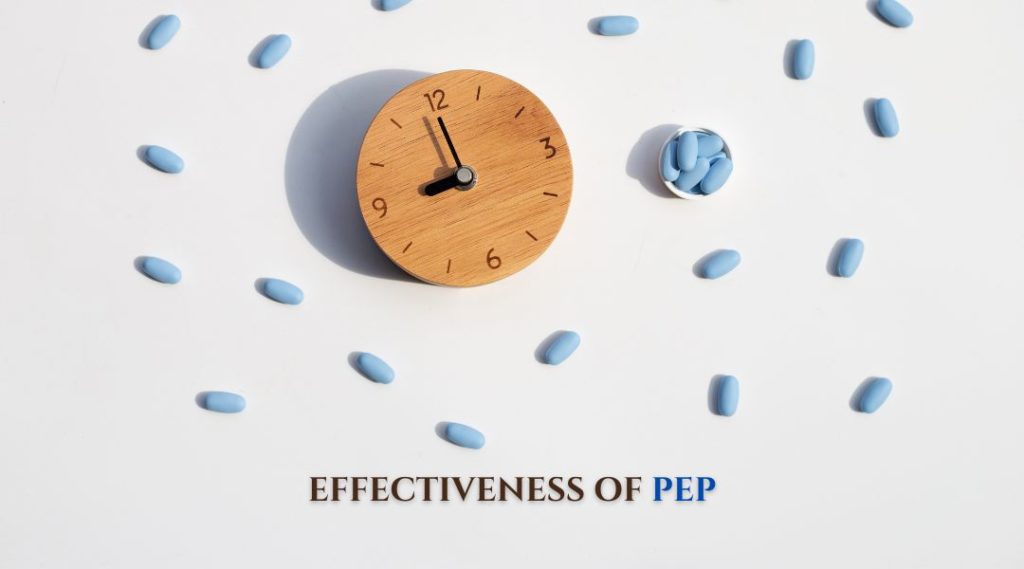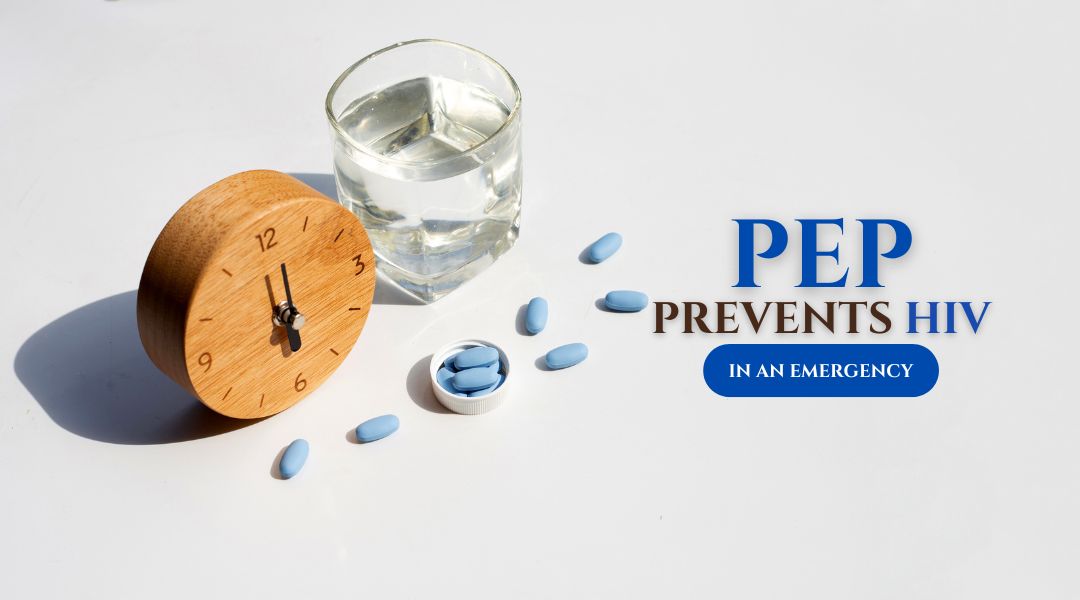PEP Prevents HIV in an Emergency
In recent years, significant progress has been made in the prevention and treatment of HIV, a life-threatening virus that affects millions of people worldwide. While prevention strategies such as Condoms and pre-exposure prophylaxis (PrEP) have proven effective in reducing the risk of HIV transmission, there are instances when individuals may find themselves in emergency situations where exposure to the virus becomes a concern. In such cases, Post-Exposure Prophylaxis (PEP) serves as a vital intervention. This article aims to provide an in-depth understanding of PEP, including its effectiveness, administration, potential side effects, and recommendations for those seeking emergency HIV prevention.
Understanding PEP
Post-Exposure Prophylaxis, commonly referred to as PEP, is a treatment option that helps prevent HIV infection following potential exposure. It involves taking antiretroviral medications for a specified period, usually within 72 hours after an exposure incident. PEP works by inhibiting the replication of the HIV virus, reducing the chances of it establishing a foothold in the body. It is essential to note that PEP is not a cure for HIV but rather a preventive measure to be taken in emergency situations.
Effectiveness of PEP

The effectiveness of PEP greatly depends on the timing of its initiation. Ideally, PEP should be started as soon as possible after potential exposure, preferably within a 72-hour window. The sooner it is administered, the better the chances of preventing HIV transmission. Studies have shown that PEP can reduce the risk of HIV infection by up to 80% if taken correctly and promptly. However, it is crucial to remember that PEP is not 100% effective, and its success also depends on various factors, including the type of exposure and the viral load of the source individual.
Administration of PEP
PEP involves taking a combination of antiretroviral medications for a period of 28 days. These medications are similar to those used for treating HIV infection, but the treatment duration for PEP is shorter. It is recommended to consult a healthcare professional immediately after a potential exposure incident to assess the need for PEP and determine the appropriate course of action. The healthcare provider will consider various factors such as the nature of exposure, the source individual’s HIV status, and the potential risks involved.
Recommendations and Considerations
When considering PEP as an emergency HIV prevention option, it is important to be aware of the following recommendations
Act promptly
Time is of the essence when it comes to PEP. Seek medical assistance immediately after a potential exposure incident to maximize the effectiveness of the treatment.
Seek professional advice
Consult a healthcare provider experienced in HIV prevention and treatment to assess the need for PEP. They will guide you through the process, answer your questions, and ensure you receive the appropriate care.
Follow the prescribed regimen
Adherence to the prescribed medication regimen is crucial for the effectiveness of PEP. Take the medications exactly as instructed, and complete the full 28-day course, even if you experience no side effects or improvement.
Combine prevention strategies
PEP is an emergency measure and should not replace other effective prevention strategies such as condoms and PrEP. Utilize multiple prevention methods to reduce the risk of HIV transmission.
Potential Side Effects of PEP

Like any medication, PEP can have side effects, but they are generally mild and temporary. The most common side effects reported by individuals taking PEP include nausea, fatigue, diarrhea, headache, and mild dizziness. These side effects typically subside once the treatment is completed. It is crucial to follow the prescribed medication regimen and consult a healthcare professional if any side effects persist or worsen.
Post-Exposure Prophylaxis (PEP) plays a critical role in preventing HIV transmission following potential exposure. Its effectiveness in reducing the risk of infection, when administered promptly and correctly, makes it an essential emergency intervention. By understanding the administration, potential side effects, and recommendations surrounding PEP, individuals can make informed decisions and seek appropriate medical care when needed. Remember, PEP is not a substitute for regular prevention strategies, but rather a crucial option for emergency HIV prevention. Stay informed, stay proactive, and together, we can continue the fight against HIV/AIDS.

